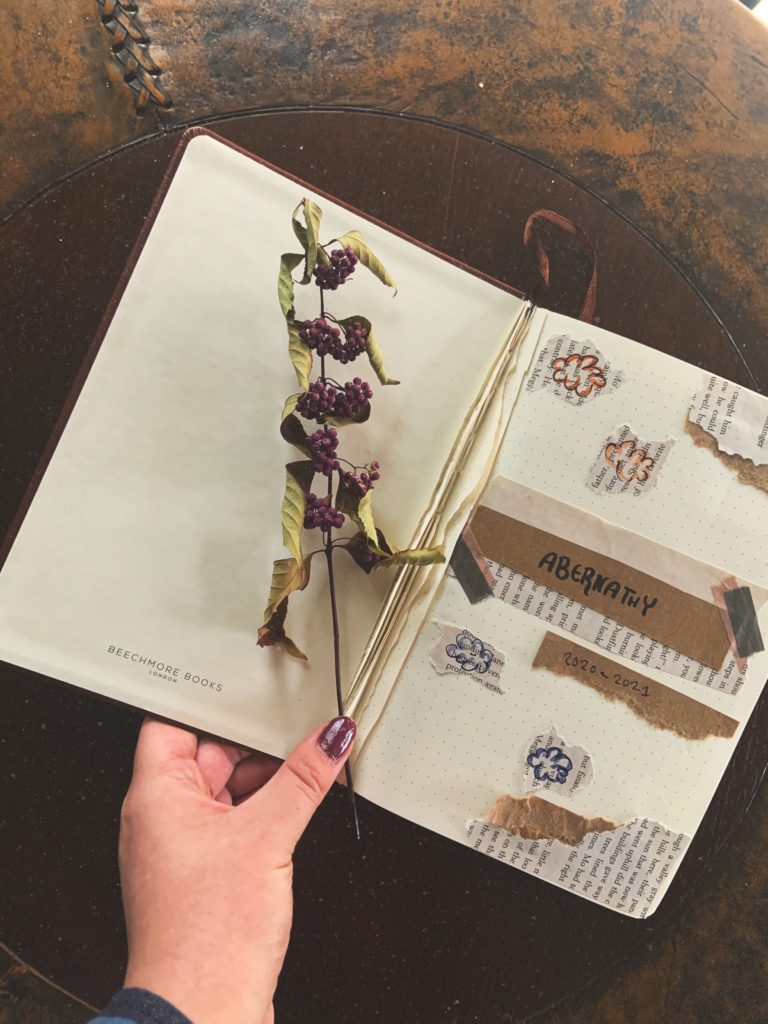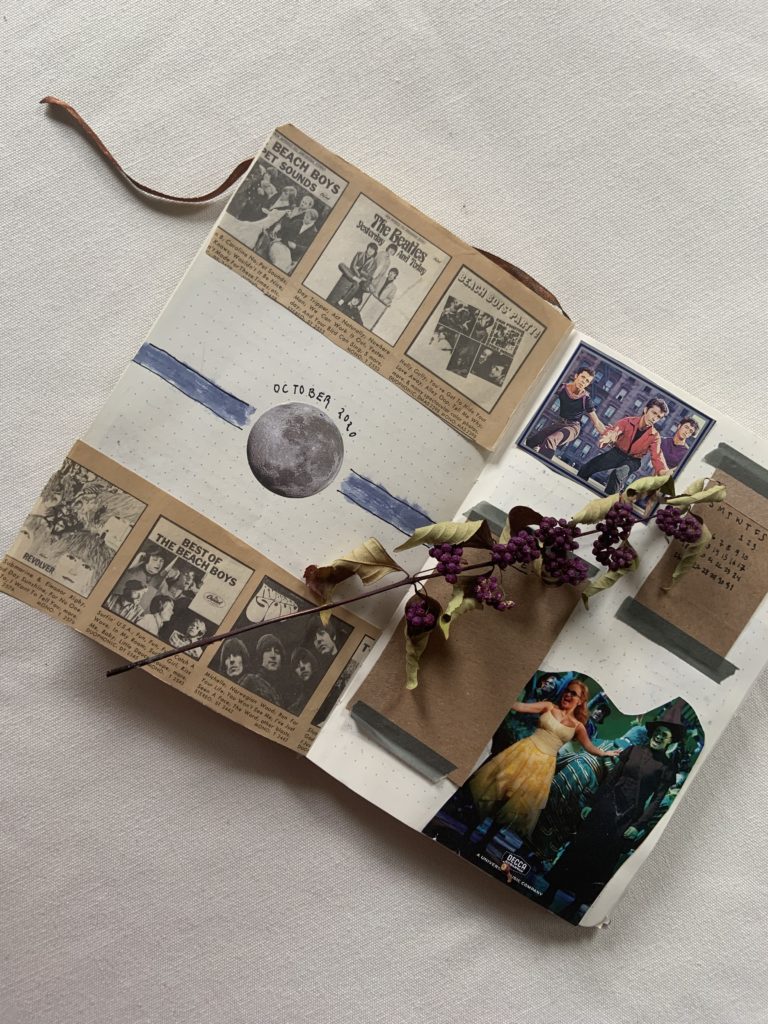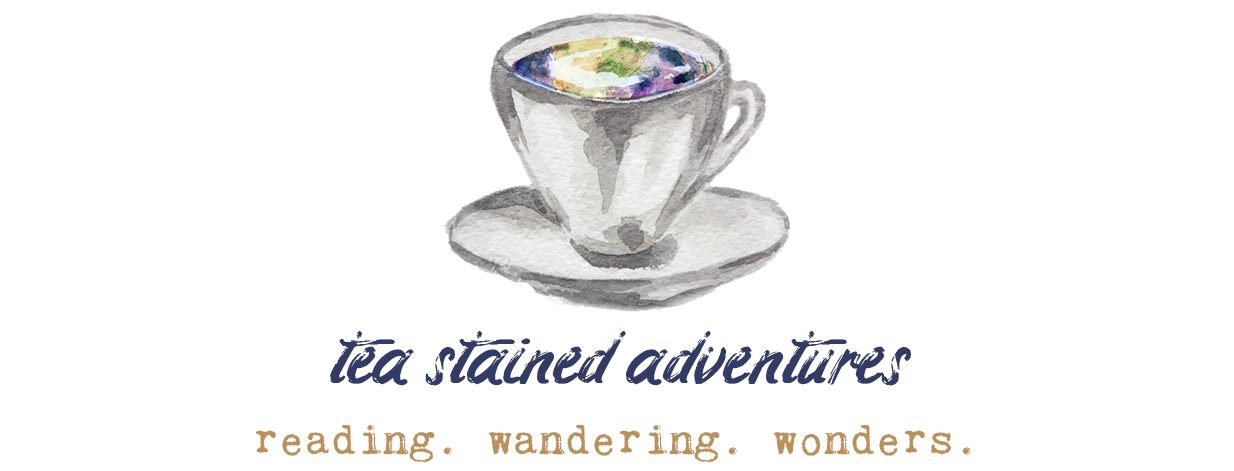Dear Reader, before I begin, I’d like to announce that I will be running different ONLINE EVENTS for my Autumn Challenge! Anyone can join, and I’d LOVE to see you there! Please check out this INSTAGRAM POST for details!

I started bullet journaling in 2018 with a pack of multicolored pens and a lined notebook. I kept seeing more and more photos of beautiful journal spreads on social media and, being inspired, couldn’t help but to try it out myself. By March of that year, I had filled out endless pages with organized mood trackers and calendars. But, no matter how hard I tried, those pages never turned out exactly how I wanted them to.
It didn’t look like what I saw on Pinterest and Instagram. Sometimes, my pens would run out of ink in the middle of an attempt at a new style of lettering. There would be crossed-out mistakes and unreadable handwriting, illustrations that were unrecognizable. My lack of artistic talent was showing.
And with that came the stress of comparison. How could everyone else be so artsy? Instead of being a tool of organization, bullet journaling existed just to show me how much of a failure I could be when trying to become someone else.
Dear reader, it can be easy to become discouraged. We want our creations to be without imperfections. Here’s a tip: be yourself, not the photos you see on Pinterest.

Bullet journals are personal. They are supposed to track your life, not other people’s highlight reels. Though it may sound selfish, it’s supposed to be about you. When you’re trying to organize yourself as if you’re a glorified, special version of yourself rather than doing so in a helpful manner, it can harm your motivation. It’s a form of self-deception.
When I first started, I tried to draw complex illustrations for my mood trackers and title pages. But the thing is, while I like looking at pictures of people’s illustrations, I hate making them myself. Instead, I’m the scrapbook-y type. I like putting tea-stained paper and sticker sheets in my journal. I like pressing autumn leaves between the pages. That’s what works for me.
Let’s be honest. You’re going to have some spreads that you just…don’t love.
You’ll realize mid-May that you only put enough space on your calendar for thirty days, not thirty-one. You’ll mess up a drawing, you’ll make mistakes. You’ll probably rip out a few pages. And that’s all part of the process.
Cater it to your needs. Add things that will be helpful for you. You might need to throw out some ideas that would hurt you rather than help you. I tried to track all the films I was watching before realizing that it just caused me stress and hindered, rather than helped, my capability of analyzing films well. But it’s extremely helpful for me to track my Bible reading, my moods, my health—and all the other things I use my journal for.
Bullet journaling should make life simpler. If it’s not doing that, then it’s not truly reaching it’s purpose.

So for those who don’t bullet journal already…here’s how to begin.
Get whatever stationary you’d prefer. I like to have a large set of black pens and Midliner highlighters available. Grab a bullet journal, decide on how you’ll approach it.
Will it be a simple monthly calendar with a to-do list? Will it be an artsy spread with lists of all the books you’re reading? How about a health tracker, or a list of all the craziest foods you’ve eaten this month?
Relax. Pick up your pens and get going.
If you want some ideas—how about picking up my FREE PDF, 50+ Bullet Journaling Ideas! It’s loaded with lots of inspiration on things to do, whether you’re a beginner or an expert.
Keep Wandering,

Do you bullet journal? TALK TO ME!

